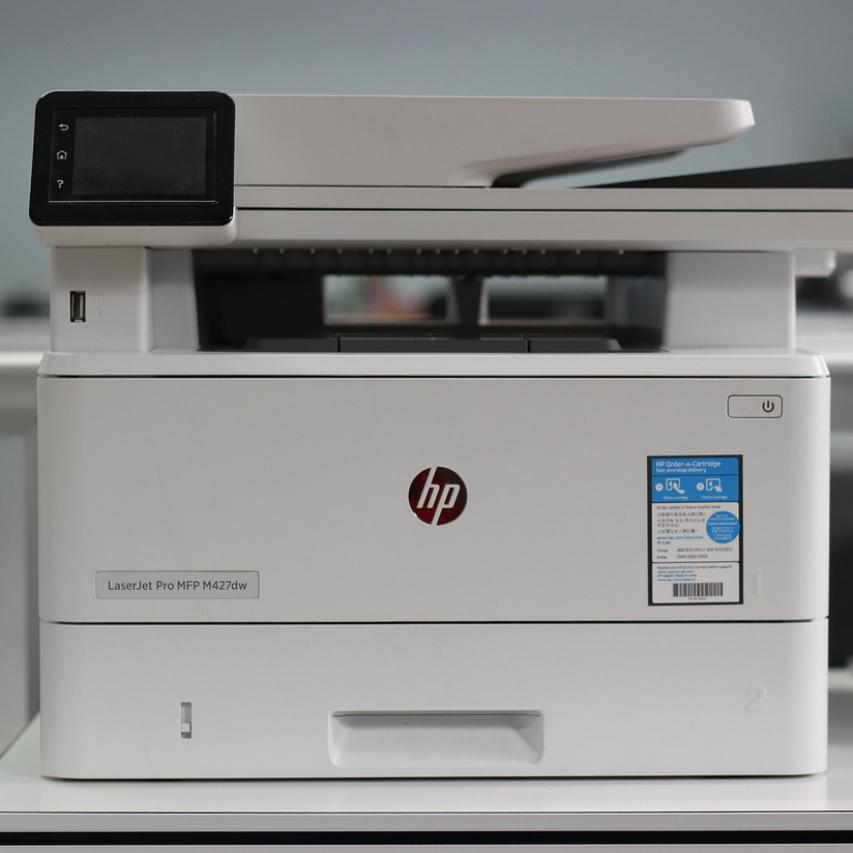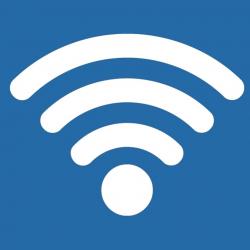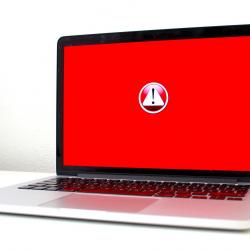What to Do When Your Printer Won’t Print
Printers remain essential tools for both personal and professional use. However, like any piece of technology, they can sometimes be temperamental. There's nothing more frustrating than needing to print an important document only to find that your printer refuses to cooperate. Before you panic or rush out to buy a new one, there are several troubleshooting steps you can try to resolve the issue. This article will guide you through a series of checks and solutions to get your printer back to work.
Step 1: Check the Basics
Before diving into complex troubleshooting, it’s essential to confirm that the printer is set up correctly.
-
Power and Connections:
- Ensure the printer is plugged in and turned on. Check for illuminated lights on the device.
- Verify that all cables connecting the printer to your computer or network are secure.
- If using a wireless printer, inspect the Wi-Fi connection and ensure that the device is connected to the correct network.
-
Paper and Ink Supply:
- Check for paper in the tray and ensure there are no paper jams. Gently remove any stuck paper, being careful not to tear it.
- Confirm that ink or toner levels are sufficient. Many printers have a display showing current ink levels or will alert you via the connected software.
Step 2: Review Printer Settings
-
Default Printer:
- Ensure the correct printer is set as the default. Navigate to your computer's printer settings and confirm the default device.
-
Pending Jobs:
- Open the printer queue from your device's printers and scanners settings. Clear any queued documents that might be causing a block.
-
Print Command:
- Double-check that the correct print command has been given. Ensure you’ve selected the right pages, paper size, and print quality.
Step 3: Software Solutions
-
Driver Update:
- Ensure that your printer drivers are up-to-date. Visit the manufacturer’s website to download and install the latest drivers if necessary.
-
Device Compatibility:
- Make sure your operating system is compatible with your printer model. Check the manufacturer’s website for compatibility information.
-
Software Restart:
- Sometimes, software glitches can be resolved with a simple restart of your computer and printer.
Step 4: Network Issues
-
Network Connection:
- Restart your router to refresh the network and re-establish the connection.
- Reconnect your printer to the network, following the manufacturer’s setup guide.
-
Firewall Settings:
- Ensure that your computer's firewall isn’t blocking the printer software. Add exceptions if necessary.
Step 5: Technical Troubleshooting
-
Run Troubleshooter:
- Both Windows and macOS offer built-in troubleshooting tools. Run these diagnostics to automatically identify and potentially fix issues.
-
Error Messages:
- Refer to any error messages displayed on your printer or computer. These can often guide you directly to the problem, and your printer's manual or the manufacturer’s website can provide solutions.
Step 6: When to Seek Professional Help
If none of the above steps resolve the issue, it might be time to contact a professional. Reach out to customer support from your printer's manufacturer for further assistance. They can provide advanced troubleshooting techniques or recommend service centers if there's a hardware problem.
Conclusion
Dealing with a printer that won’t print can be inconvenient, but it doesn’t have to be a dead end. By following these systematic troubleshooting steps, you can often diagnose and fix the problem yourself, saving both time and potential repair costs. Remember, preventative maintenance—such as regular software updates and checking ink levels—can help minimize future printer issues.





















